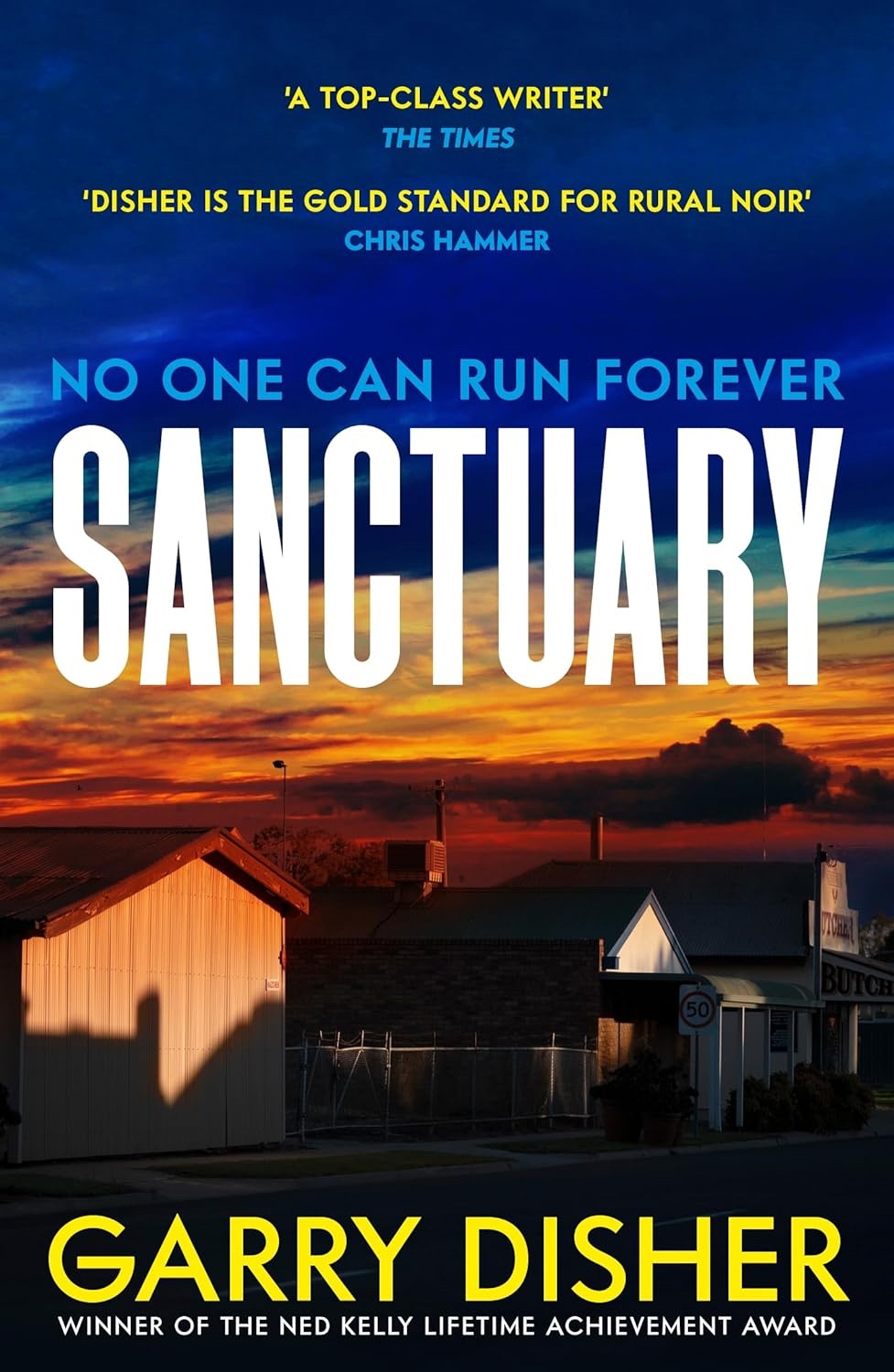Translated by Stephen Sartarelli — The publication of the Inspector Montalbano stories in English spans nearly two decades so it’s no wonder we have formed such an attachment to the irascible but brilliant detective. Now, however, the curtain is about to fall and we must say goodbye.
Riccardino is the final inspector Montalbano investigation and it’s a bravura performance by the author and his ever popular creation. As usual, the setting is the fictional town of Vigàta on the south coast of Sicily. Aware of his own mortality and the desire to have the final word on Montalbano, Camilleri wrote this novel in his 70s. Fortunately he lived until he was 93, dying in 2019, and wrote several more novels in the intervening years. Riccardino was deposited in the safe of a notary, occasionally seeing the light of day for revisions, until now we can all share it.
So the beginning of the end for this fine Italian crime fiction series comes with a phone call. Riccardino hardly pauses for breath as he informs Montalbano that the gang is already waiting for him at the Bar Aurora, even though it’s 5am. Montalbano doesn’t know Riccardino and the quickest way to end the call is to say he’ll be there in 15 minutes before he hangs up. Then, forgetting Riccardino, he turns over and goes back to sleep. Not long after 6am, the telephone goes again. This time it’s the familiar voice of Catarella at the police station reporting a murder. A man has been shot dead in the street and Fazio is already at the scene. It’s when Cat mentions the location that Montalbano pays attention – it happened outside the Bar Aurora. Alarm bells ring.
When he arrives at the scene, Montalbano discovers the victim’s name is Riccardo Lopresti, known as Riccardino. The man’s three friends stand off to one side. The four have been close since school, even marrying each other’s sisters. Except for Riccardino, who married a German woman, Else, an outsider. Riccardino was shot while phoning Licausi, one of the group who was running late. He must have misdialled and got Montalbano but the detective is not sharing this yet. A motorcyclist pulled up, kept the engine running, and walked up to Riccardino, who suddenly fell to the ground. No one heard the shots; the bike and rider vanished up the street.
The friends met at the bar at 5am, All Saints Day, for a walk, Riccardino even suggesting it would be a beautiful day for it. A row breaks out when Licausi says he didn’t get Riccardino’s call – and yet the others saw him make it. It’s clear the men are hiding something so Montalbano lets the dispute run. Then it emerges that Riccardino made a second call and that was when he was shot. Was Riccardino having an affair with one of his friend’s wives?
Having played with them long enough, Montalbano releases the men. Then the commissioner rings. The case has been handed to Flying Squad Inspector Toti, who is furious that Montalbano has let the suspects go, so he organises a man hunt. Montalbano is prepared to drop the matter, as Tele Vigàta, the local TV station, naturally accuses him of cavalier policing. Montalbano finds distraction in the form of Miss Augustina Maca and her strange story of a lorry driver who drops a package at the end of her street but later collects it again in his car. Then the Bishop of Montelusa wants Montalbano back on the case and naturally the commissioner bends over backwards to accommodate. The game is afoot. There are, as ever, two mysteries to solve and Camilleri naturally steers his detective to places he doesn’t want to go.
With Riccardino, Montalbano signs off in glorious style. There are surprises galore and all the usual tropes that make these novels such a pleasure to read. Old favourites return, including peripheral characters such as pervert judge Tommesao. The intervention of the bishop is a reminder that the first novel began with a series of phone calls from dignitaries keen to not to interfere in the case but who wanted add their tuppence worth anyway. There are musings on the nature of fiction and several laugh out loud moments. The interview Montalbano gives to the local Catholic paper, The Diocese, is loaded with the absurdity Camilleri so loves. It won’t surprise dedicated fans to learn that Camilleri, ever a playful author, has joined his creation on the page. Don’t let the idea of a metafiction put you off though, this is both logical given the author’s love of literary games and it adds greatly to the comic feel of the story. Montalbano take a bow, goodbye old friend.
For more on the series, see our guide article which selects some of the best Montalbano novels from over the years.
Mantle Books
Print/Kindle/iBook
£8.99
CFL Rating 5 stars





